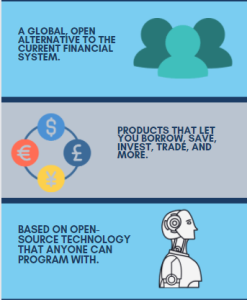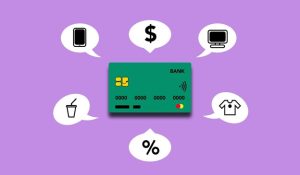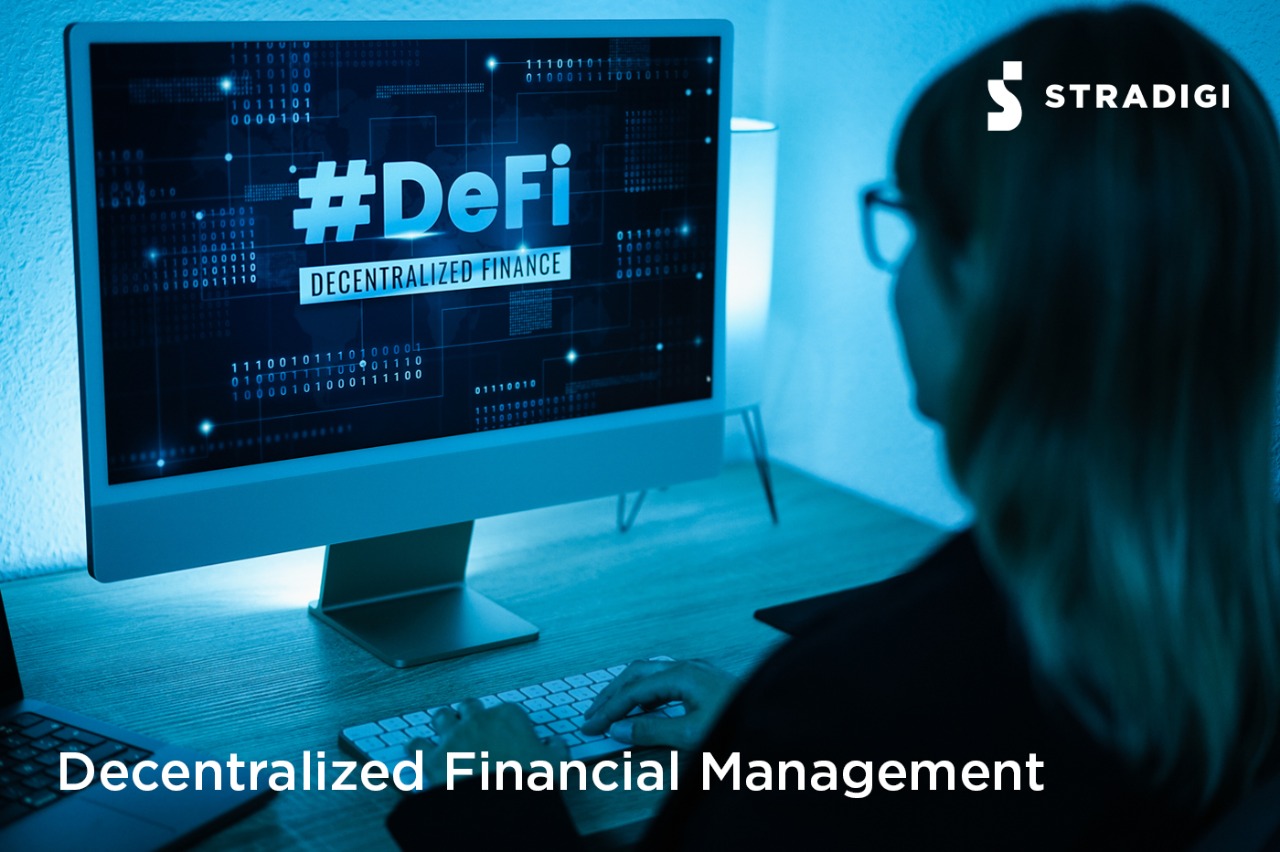Decentralized Financial Management
Decentralized Financial Management (DeFi) is an open and global financial system built for the internet age – an alternative to a system that’s opaque, tightly controlled, and held together by decades-old infrastructure and processes. It allows you to have complete control and visibility over your finances. It exposes you to global markets and provides you with alternatives to your local currency and banking options. DeFi products allow anyone with an internet connection to access financial services, and they are mostly owned and maintained by their customers. DeFi applications have so far attracted tens of billions of dollars worth of cryptocurrency, and the number is growing every day.
Understanding Decentralized Finance Management
To understand decentralized finance and how it works, it helps to understand how centralized finance differs from decentralized finance.
Centralized Finance
Your money is kept by banks, corporations whose overarching objective is to make money through centralized finance. Third parties who facilitate money flow between parties abound in the financial system, each charging a charge for their services. Let’s say you used your credit card to buy a gallon of milk. The charge is sent from the merchant to an acquiring bank, which then sends the card information to the credit card network.
The network cancels the charge and asks your bank for payment. Your bank approves the charge and transmits it to the network, which then delivers it back to the merchant via the acquiring bank. Merchants must pay for their ability to use credit and debit cards, so each organization in the chain receives paid for its services. All other financial activities are costly; loan applications might take days to process, and you may not be able to use a bank’s services while abroad.
Decentralized Finance
By allowing people, merchants, and corporations to perform financial transactions using developing technologies, decentralized finance eliminates intermediaries. Peer-to-peer financial networks that use security protocols, connectivity, software, and hardware developments are used to achieve this.
From anywhere you have an internet connection, you can lend, trade, and borrow using software that records and verifies financial actions in distributed financial databases. A distributed database is accessible across various locations; it collects and aggregates data from all users and uses a consensus mechanism to verify it.
Decentralized finance uses this technology to eliminate centralized finance models by enabling anyone to use financial services anywhere regardless of who or where they are.DeFi applications give users more control over their money through personal wallets and trading services that cater to individuals.
While taking control away from third parties, decentralized finance does not provide anonymity. Your transactions may not have your name, but they are traceable by the entities that have access. These entities might be governments, law enforcement, or other entities that exist to protect people’s financial interests.
DeFi supporters claim that this new system will eliminate the need for banks and other traditional financial third parties to execute all types of transactions. But, in order to completely comprehend what this new system entails and how it functions, we must return to the beginnings of cryptocurrency.

Bitcoin and Ethereum
There was Bitcoin in the beginning. The original crypto promised a revolutionary repudiation of banks and financial organisations exerting their levies and control on peer-to-peer payments when it was invented in 2008 by the pseudonymous Satoshi Nakamoto.
Bitcoin and the decentralised blockchain technology that underpins it have spawned not only 8,000 other cryptos but also a thriving industry that includes crypto wallets, cryptocurrency exchanges, NFT marketplaces, virtual land aggregators, decentralised autonomous organisations, and funds in the 13 years since their inception.
Ethereum was one of the inventions that sprang out of Bitcoin and its blockchain. Vitalik Buterin, a young Russian-Canadian, invented the platform in 2013 and debuted it in 2015. The Ethereum platform came with its own blockchain, Ether as a token, and Solidity as a programming language.
“When we consider Bitcoin, we might consider it to be a DeFi decentralised payment system. You’re ready to take it to the next level now “Euronews Next spoke with Dr. Merav Ozair, a top blockchain researcher and a FinTech professor at Rutgers Business School.
“Bitcoin can only be used to make payments. That is all there is to it. There’s nothing else. As a result, you might consider Ethereum to be the next generation. ‘OK, this is a wonderful concept, Bitcoin,’ Ethereum said. Let’s make a playground where all other applications can take place “she stated.
Ethereum took the blockchain beyond a basic payment mechanism by giving developers the ability to design complete programmes that could be stored on it. Smart contracts began to be known as a result of this.

How Does Decentralized Finance Management Work?
Decentralized finance uses the blockchain technology that cryptocurrencies use. A blockchain is a distributed and secured database or ledger. Applications called dApps are used to handle transactions and run the blockchain. In the blockchain, transactions are recorded in blocks and then verified by other users. If these verifiers agree on a transaction, the block is closed and encrypted; another block is created that has information about the previous block within it.
The blocks are “chained” together through the information in each proceeding block, giving it the name blockchain. Information in previous blocks cannot be changed without affecting the following blocks, so there is no way to alter a blockchain. This concept, along with other security protocols, provides the secure nature of a blockchain.
The Future of DeFi
Decentralized finance is still in the beginning stages of its evolution. For starters, it is unregulated, which means the ecosystem is still riddled with infrastructural mishaps, hacks, and scams. Current laws were crafted based on the idea of separate financial jurisdictions, each with its own set of laws and rules. DeFi’s borderless transaction ability presents essential questions for this type of regulation. For example, who is responsible for investigating a financial crime that occurs across borders, protocols, and DeFi apps? Who would enforce the regulations, and how would they enforce them?
The decentralized finance ecosystem’s open and distributed nature might also pose problems to existing financial regulation. Other concerns are system stability, energy requirements, carbon footprint, system upgrades, system maintenance, and hardware failures. Many questions must be answered and advancements made before DeFi becomes safe to use. Financial institutions are not going to let go of one of their primary means of making money—if DeFi succeeds, it’s more than likely that banks and corporations will find ways to get into the system; if not to control how you access your money, then at least to make money from the system.
